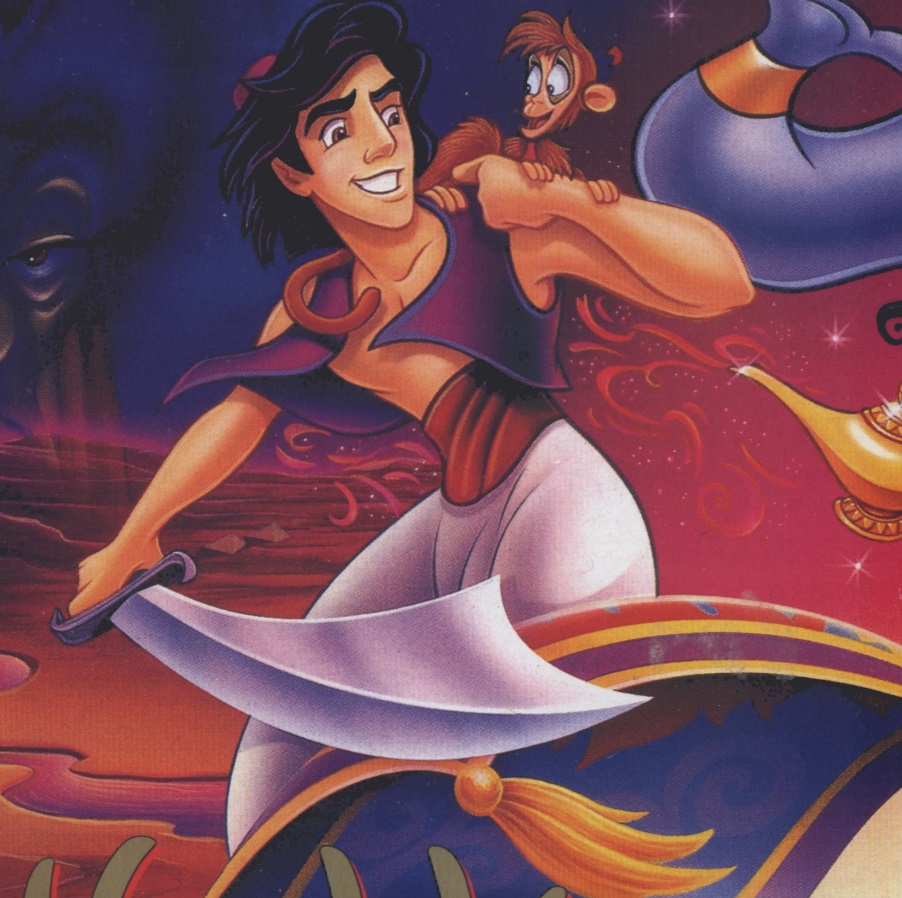

These will only kill small enemies while briefly stunning larger ones, so while they’re useful for taking out enemies that are in an awkward path, they’re generally only useful in a handful of other situations. You’ll also be constantly picking up apples, which the game gives out so often that you’ll likely be maxed out of them by the end of the first stage. Instead of a sword, Aladdin jumps on top of enemies to dispatch them, which you’ll occasionally use to get to higher areas.

While both the SNES and Genesis versions of the game are side-scrolling platformers, the two games couldn’t be any more different beyond that. Between stages, there are also cutscenes with unique art, which serve as a basic recap of the film’s plot. The most obvious change is the penultimate stage, in which Aladdin has to venture through an Egyptian pyramid to find his monkey companion, Abu. There’s also a couple of game-exclusive levels to pad out the game’s rather short length, like the wacky dreamland interior of the Genie’s lamp. All the major beats are there – the initial escape from the guards in Agrabah, the Cave of Wonders, and the carpet ride with Princess Jasmine. The game follows a rather abridged version of the film’s events, with some creative liberties. It also makes a nice historical footnote for being one of the first games now legendary game designer Shinji Mikami worked on. While Capcom’s attempt might not be their best work, even for the SNES, it’s a fine game that’s more than enjoyable on its own merits. Certainly, both versions have their own merits, as it can’t be denied how gorgeous the Genesis version looks, even to this day. The debate between which 16-bit version of Disney’s animated film Aladdin might not reach the heights of those other arguments, but make no mistake, they do exist. Take, for example, the ever-raging console wars, or perhaps which Final Fantasy is truly superior. There have been a great many debates that have sprung up throughout the history of gaming.


 0 kommentar(er)
0 kommentar(er)
